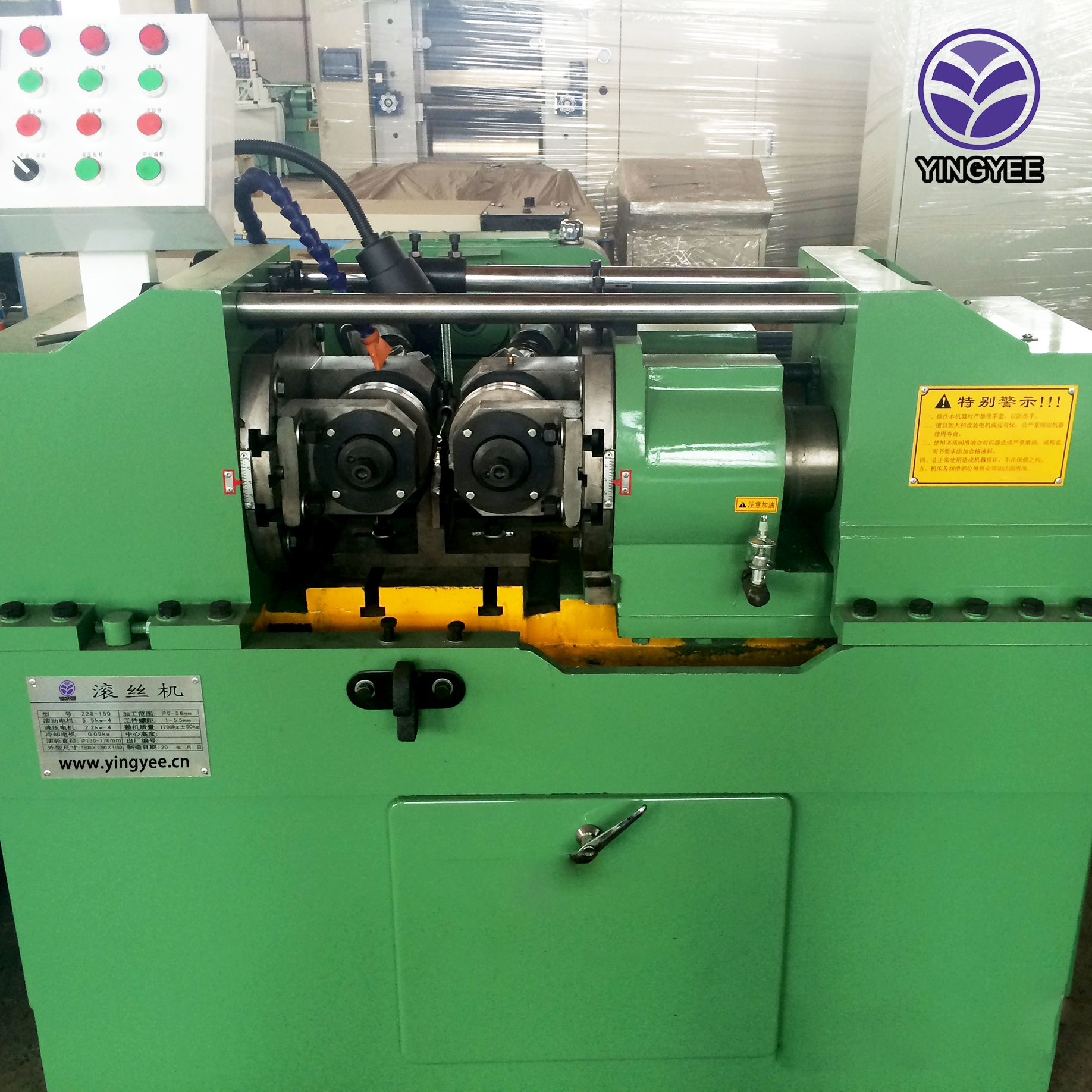
The Evolution and Importance of Rolling Machines
Rolling machines have played a vital role in the manufacturing and metalworking industries for centuries. These machines are designed to shape materials, typically metal, through a controlled process of deformation. This process is achieved by passing the raw material between rotating rolls, which progressively reshape it into desired forms such as sheets, plates, and even specific components for various applications.
The history of rolling machines dates back to ancient civilizations where simple tools were used to create flat metal sheets. However, the modern iteration of rolling machines began to take shape during the Industrial Revolution. Innovations in engineering and mechanization allowed for the development of larger and more efficient machines. Today, rolling machines are integral to industries ranging from automotive to construction, showcasing their versatility and importance in modern manufacturing.
One of the primary types of rolling machines is the plate rolling machine, which is used to bend and form metal sheets into cylindrical shapes
. These machines utilize advanced technology, often incorporating digital controls that allow for precise adjustments and replicable results. The ability to create intricate shapes with minimal waste has made plate rolling machines essential in producing components for everything from storage tanks to a variety of pipelines.
Another specialized type is the section rolling machine, which shapes structural steel into beams, channels, and other profiles. This is critical in the construction industry, where the integrity and design of buildings and bridges depend on the precise fabrication of steel components. The rolling process improves the material’s mechanical properties, enhancing its strength and durability for end-use applications.
As industries continue to evolve, so do rolling machines. The introduction of automation and smart technologies has revolutionized the way these machines operate, allowing for greater efficiency and product quality. With ongoing advancements, such as real-time monitoring and predictive maintenance, manufacturers can reduce downtime and improve overall productivity.
In conclusion, rolling machines are indispensable tools in metalworking and fabrication, continually adapting to meet the demands of modern manufacturing. Their evolution from basic tools to sophisticated machines underscores their significance, ensuring they remain at the forefront of industrial innovation for years to come. As technology progresses, the role of rolling machines will undoubtedly expand, shaping the future of material processing and production.